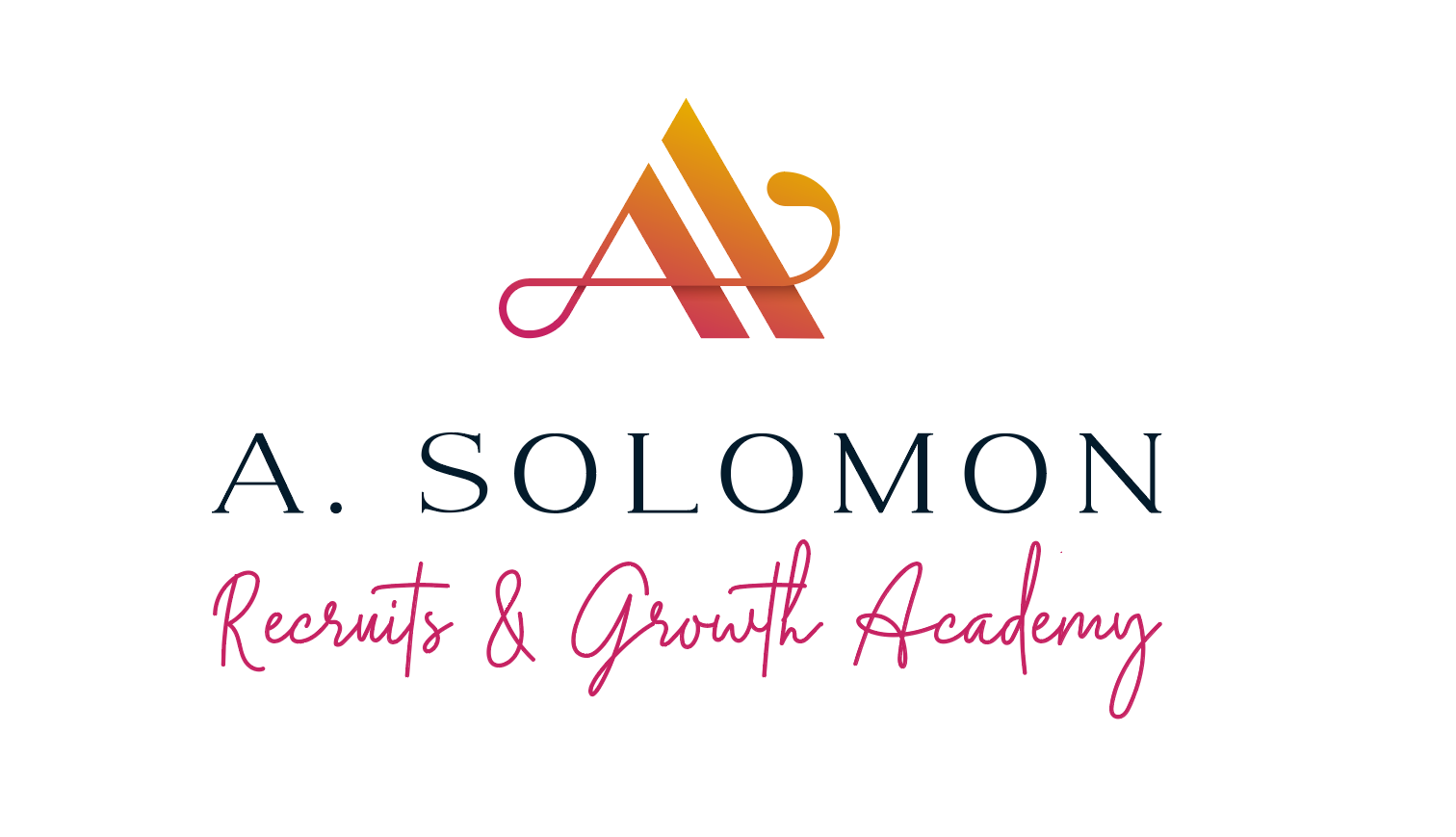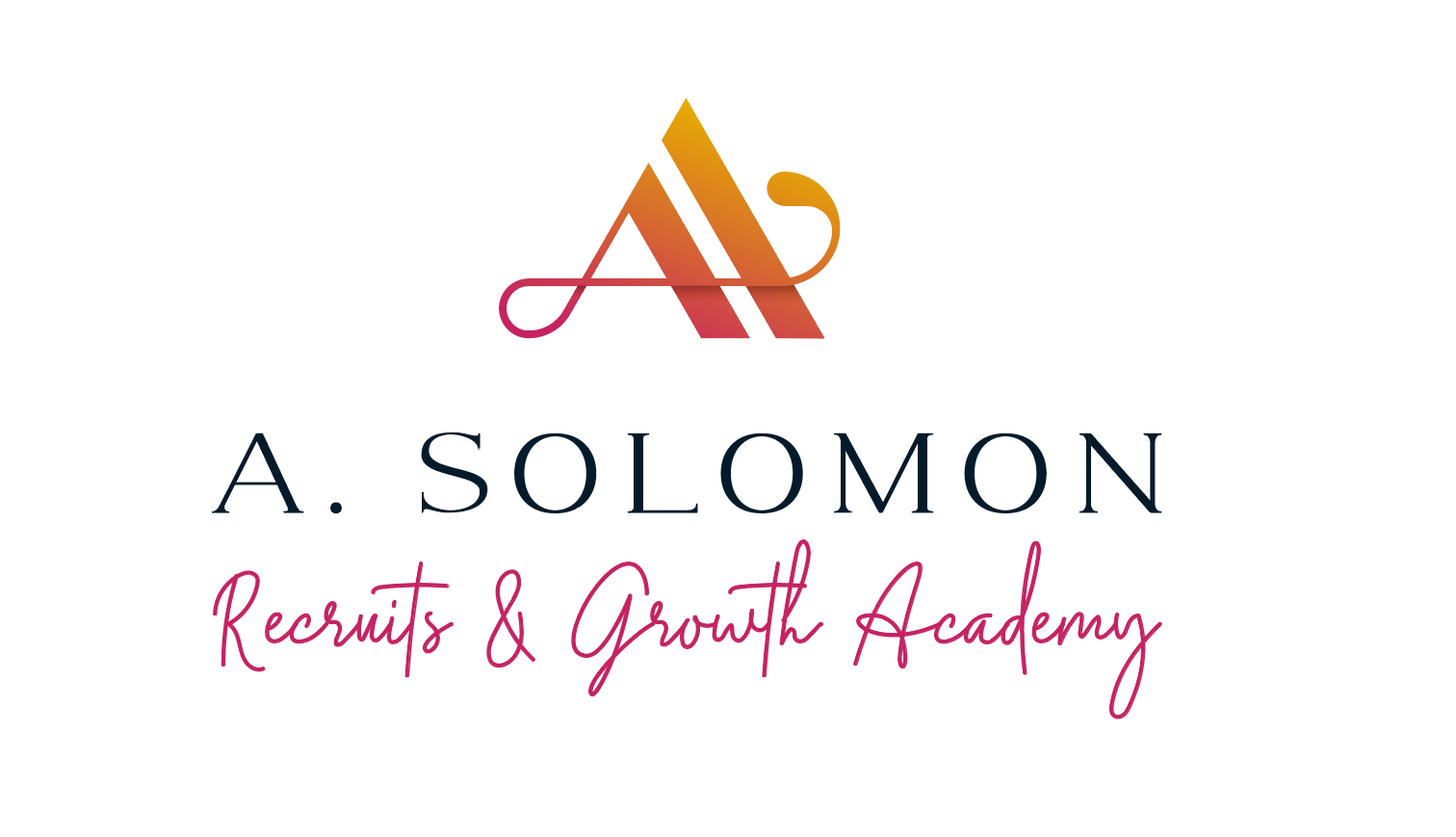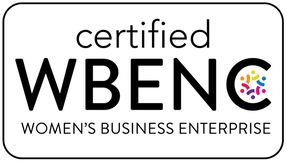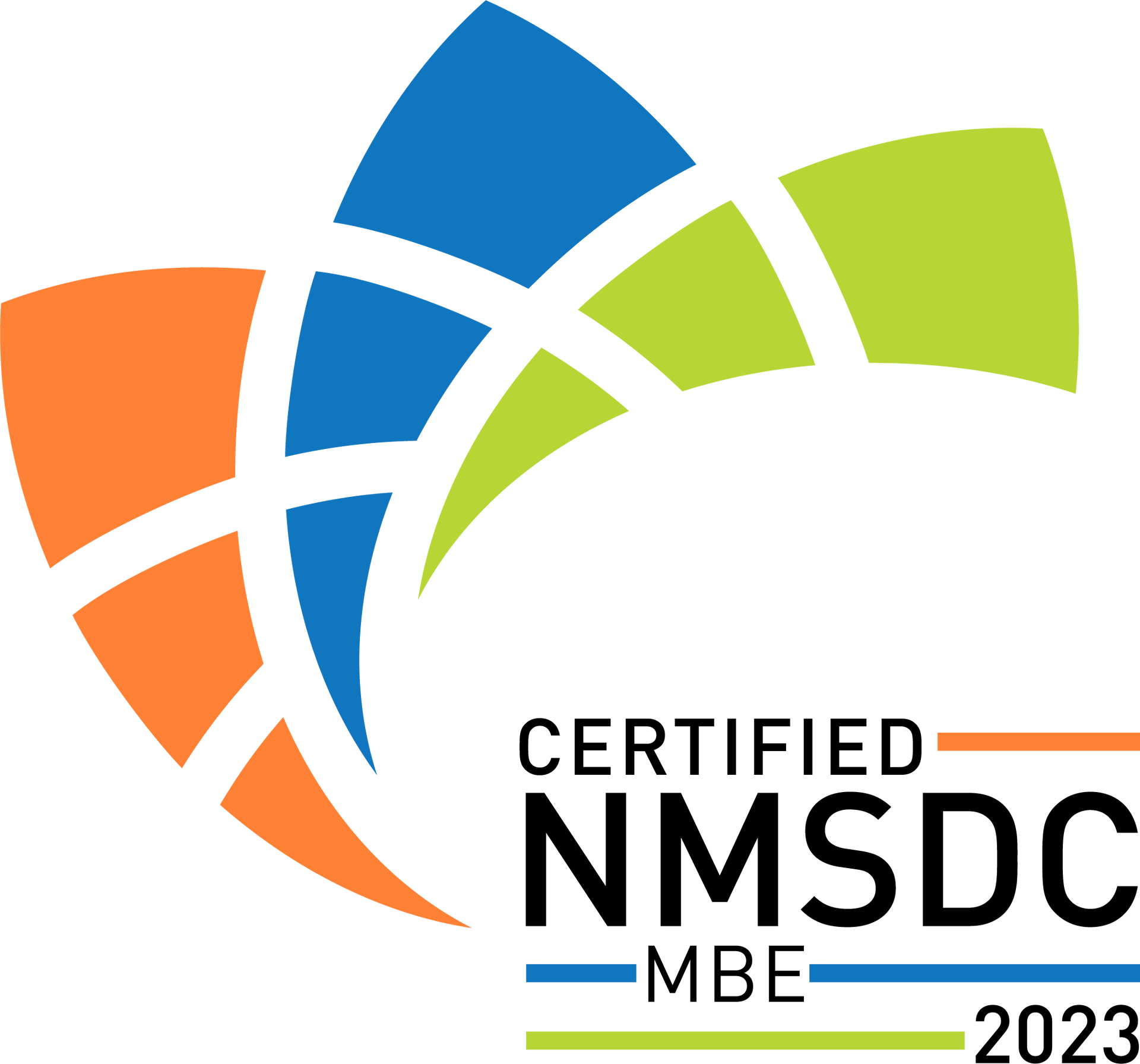ASR’s Take on FLOTUS’ Diverse Hiring Tips
Former First Lady Michelle Obama was the focus of an article, by Bruce Anderson, about how to attract and retain diverse talent. I thought her 3 quick tips were brilliantly stated and I am in full agreement. So to recap, Mrs. Obama talked about: 1) looking at more diverse colleges and universities for talent; 2) looking beyond grades and test scores; 3) understanding that everyone truly starts at a different place. Let’s dissect the article further as it pertains to Wall Street.
1) Best known as the the “Old Boys Club” and legacy hiring, Wall Street always makes a beeline towards the Ivy’s when choosing talent. These things have contributed to the low rates of diverse hiring and retention at financial firms. As companies are making a big push towards hiring more diverse employees, they are facing significant hiring woes because of hiring managers, HR and in-house and contract recruiters that are frankly out of touch with what it takes to not only attract but to truly understand difference. Recently I spoke with HR at a prestigious investment firm (who will remain anonymous) and was told the firm is an Equal Opportunity Employer and that they use staffing agencies that offer diverse services when needed. Here’s the problem with this perspective: 1) what firm doesn’t proclaim themselves to be an equal opportunity employer? 2) Using traditional staffing firms (all the usual suspects) for diverse talent solutions is like going to Chick Fil – A for a cheeseburger.
2)The good ole’ college transcript and test scores has been the criteria for the elite and a way that has contributed to a less diverse talent pool. I’m here to say we, as HR professionals, we need to come up with different ways on how we qualify talent in order to truly diversify. Grades and test scores do not determine how great of an employee someone will make. Other factors must be taken into consideration such as personality, zeal, and professional chemistry. As well as, the fact that not everyone tests well and other extraneous elements.
3)Understanding diversity and truly welcoming inclusion means empathetic interview tactics. Tactics and methodologies in place where Human Resources, Hiring Managers, In-House/Contract Recruiters have understand historical context on issues where there’s race and gender involved. Listen to, try to understand, and respect life differences. Do not ignore but acknowledge the biases subliminally and not so subliminally used when interviewing viable diverse candidates and rework these tactics.
Seeing difference as an asset, not a hinderance is the key to understanding is a great start to a diverse future on Wall Street and the rest of the job world. I truly believe interviewers must take into consideration race, class and cultural backgrounds in order to fully identify who will be the best candidates for each job.
As Anderson closes his article, he reveals former FLOTUS’s chief point about diversity, it cannot be found at central casting, it requires work and a true passion for change in the world. Go out in the world and seek it.
I am someone who sees incredible potential and opportunity in places where some people don’t think to look. Minorities and women are still marginalized in the working world. As owner of a diversity staffing boutique, my team and I walk alongside our Clients in creating professional environments that are truly for ALL. I believe in our interconnectedness as a human race and strive every day to use my gifts to empower the workplace invisible and powerless. I rarely bet on certainty and always root for the underdog because after all, those are the best stories to tell.






